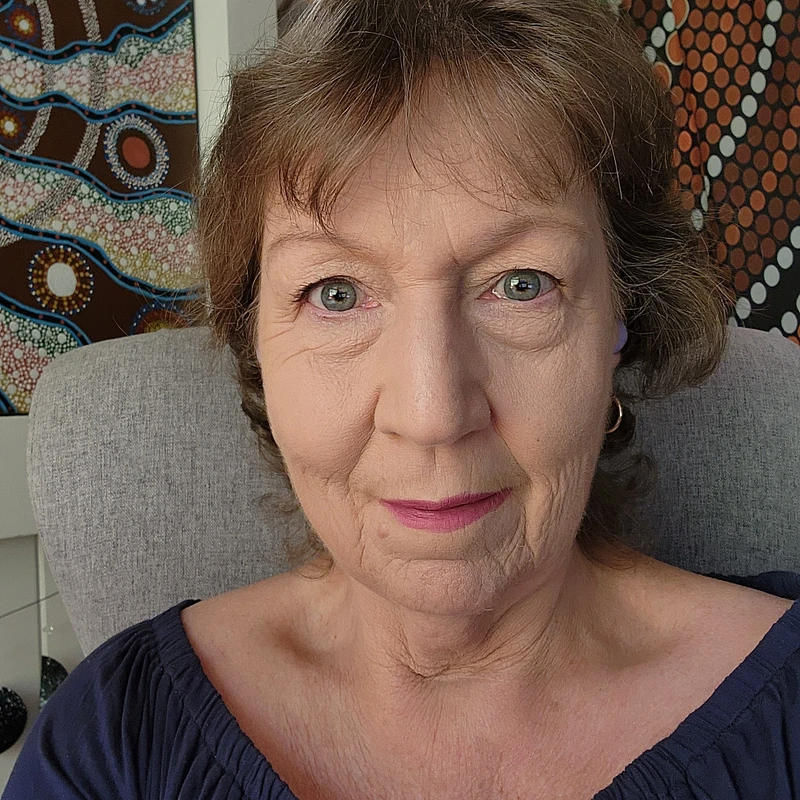Achieving Balance with Internal Family Systems Therapy
- Karen Moran

- Aug 4
- 4 min read
When life feels overwhelming, and the weight of addiction or chronic illness presses down, it’s easy to feel fragmented inside. I’ve found that healing isn’t about fighting against ourselves but about understanding the many parts that make up who we are. This is where family systems healing comes in—a gentle, powerful way to bring balance and peace within.
Imagine your mind as a family, with different members each playing a role. Some parts protect you, some carry pain, and others hold hope. When these parts are in conflict, it can feel like chaos inside. But when they learn to work together, harmony is possible. Let’s explore how this approach can help you find that balance.
Understanding Family Systems Healing
Family systems healing is a way to look at the mind as a system of different parts, much like a family. Each part has its own feelings, thoughts, and roles. Some parts might be scared or angry, while others try to keep you safe by controlling behaviours or emotions.
For example, if you’re struggling with addiction, one part might be the “addict” that seeks relief, while another part might be the “critic” that feels shame. Family systems healing helps these parts talk to each other instead of fighting. It encourages compassion and understanding, which can reduce inner conflict and promote healing.
This approach is especially helpful for those dealing with autoimmune conditions. Stress and emotional turmoil can worsen symptoms, so calming the internal family can ease the body’s response. When your inner parts feel heard and valued, your whole system can relax.

How Family Systems Healing Supports Recovery
Recovery from addiction or managing an autoimmune condition is not just about changing behaviours or taking medication. It’s about healing the whole person, including the emotional and mental parts that influence health.
Family systems healing offers practical tools:
Listening to your parts: You learn to identify and understand the different voices inside you.
Building trust: Parts that once felt isolated or scared begin to trust each other.
Creating balance: No part dominates or gets ignored; all have a place.
Self-leadership: You become the calm, wise leader who guides your internal family.
For instance, if a part of you feels overwhelmed by cravings or pain, instead of pushing it away, you can gently ask what it needs. Maybe it’s tired, scared, or lonely. By responding with kindness, you reduce the power of that part to control you.
This process takes time and patience, but it’s deeply rewarding. It’s like tuning an orchestra where every instrument matters. When they play together, the music is beautiful.
What are the 5 P's of internal family systems?
The 5 P’s are key concepts that help us understand how our internal family works. They guide the healing process by highlighting important aspects of our inner world.
Parts - These are the different voices or roles inside us. Each part has its own feelings and beliefs.
Protectors - Some parts act as guards, trying to keep us safe from pain or harm. They might use strategies like avoidance or control.
Exiles - These parts carry the pain, trauma, or shame we try to hide. They are often locked away by protectors.
Self - This is the core of who we are - calm, curious, compassionate, and confident. The Self leads the internal family.
Polarizations - Sometimes parts are in conflict, like two family members arguing. Healing involves helping them understand each other.
By recognising these 5 P’s, you can start to see your inner world more clearly. It’s like having a map to navigate your feelings and behaviours. When you know who’s who inside, you can begin to heal the wounds that fuel addiction or illness.

Practical Steps to Begin Family Systems Healing
Starting this journey might feel unfamiliar, but small steps can make a big difference. Here are some ways to begin:
Notice your parts: Pay attention to different feelings or thoughts that pop up. Are you feeling critical, scared, hopeful, or tired?
Name them: Give your parts simple names like “The Worrier” or “The Protector.” This helps you separate from them and understand their roles.
Ask questions: Gently ask your parts what they want or need. You might say, “Why are you so worried?” or “What are you protecting me from?”
Listen without judgment: Let your parts speak without trying to fix or push them away. This builds trust.
Connect with your Self: Practice calming your mind through breathing, meditation, or quiet reflection. This helps your Self take the lead.
If you want to explore deeper, working with a therapist trained in internal family systems therapy can provide guidance and support tailored to your needs.
Remember, healing is not about rushing or forcing change. It’s about gentle curiosity and kindness toward yourself.

Embracing Your Inner Harmony
Healing from addiction or managing an autoimmune condition is a journey of reconnecting with yourself. Internal Family Systems healing offers a warm, inviting path to understand your inner world and bring peace to the parts that struggle.
By recognising and caring for each part, you create a balanced internal family. This balance can reduce inner conflict, ease emotional pain, and support your overall well-being.
You don’t have to face this alone. There are resources and communities ready to help you find your way. With patience and compassion, you can achieve lasting harmony within.
Take a moment today to check in with your inner family. Who’s speaking? What do they need? This simple act can be the first step toward a more peaceful, balanced life.


Comments